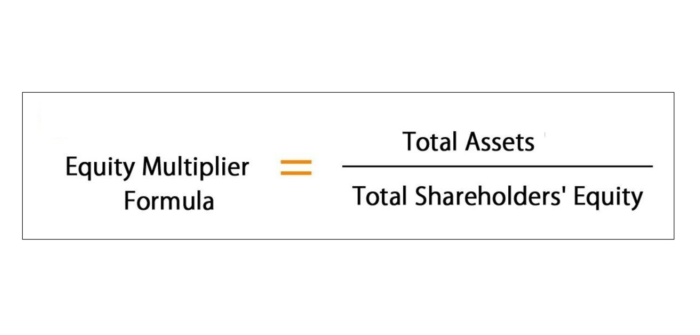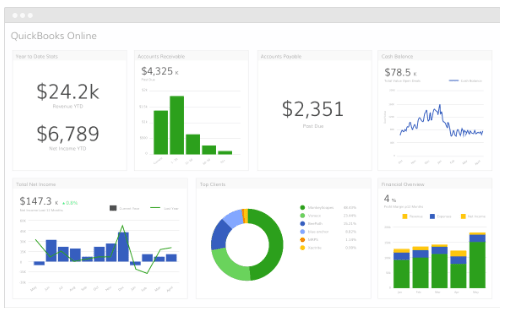What is Net Working Capital? Formula and Examples

Some companies have negative working capital, and some have positive, as we have seen in the above two examples of Microsoft and Walmart. Generally, companies like Walmart, which have to maintain a large inventory, have negative https://www.bookstime.com/ working capital. Negative NWC suggests potential liquidity issues, requiring more external financing.
Accounts Payable Payment Period

To calculate this ratio, you take a business’s short-term money and compare it to all the money it has. This ratio is expressed as a percentage, which tells you how much short-term money exists in relation to the business’s total money. This includes bills and obligations you still need to pay, such as net working capital change what you owe to your suppliers, lenders, or service providers. Continuing with the example, if you owe $678,000, you will subtract this amount from your $2.158 million, leaving you with $1.48 million.
- As shown above a change in inventory, accounts receivable, and accounts payable results in a change in working capital and a cash flow in or out of the business.
- A company with a negative net WC that has continual improvement year over year could be viewed as a more stable business than one with a positive net WC and a downward trend year over year.
- Working capital is calculated by taking a company’s current assets and deducting current liabilities.
- Conversely, negative working capital indicates potential cash flow problems, which might require creative financial solutions to meet obligations.
- This includes bills and obligations you still need to pay, such as what you owe to your suppliers, lenders, or service providers.
- Forecasting helps estimate how these elements will impact current assets and liabilities.
How does a change in Net Working Capital affect cash flow?

Thus, NWC is calculated by subtracting current liabilities from current assets. It’s similar to a report card for a business’s financial condition, conveying its ability to manage liquidity and meet obligations. Banks, investors, and suppliers often scrutinize a company’s net working capital as part of their risk assessment before providing loans, extending credit, or forming partnerships. A healthy net working capital position suggests that a company is well-prepared to navigate economic challenges and withstand financial shocks.
Understanding Working Capital
- If a company’s NWC is less than one (“negative”), on the other hand, this suggests there might be a capital shortage or liquidity issues that will need to soon be addressed.
- Keep in mind that a negative number is worse than a positive one, but it doesn’t necessarily mean that the company is going to go under.
- The most common examples of operating current assets include accounts receivable (A/R), inventory, and prepaid expenses.
- However, if the change in NWC is negative, the business model of the company might require spending cash before it can sell and deliver its products or services.
- As for accounts payables (A/P), delayed payments to suppliers and vendors likely caused the increase.
But if the change in NWC is negative, the net effect from the two negative signs is that the amount is added to the cash flow amount. The reason is that cash and debt are both non-operational and do not directly generate revenue. Double Entry Bookkeeping is here to provide you with free online information to help you learn and understand bookkeeping and introductory accounting. My Accounting Course is a world-class educational resource developed by experts to simplify accounting, finance, & investment analysis https://x.com/BooksTimeInc topics, so students and professionals can learn and propel their careers.

As for accounts payables (A/P), delayed payments to suppliers and vendors likely caused the increase. In fact, cash and cash equivalents are more related to investing activities, because the company could benefit from interest income, while debt and debt-like instruments would fall into financing activities. Conversely, if it is negative, the company may encounter troubles in paying off its immediate obligations, which could potentially lead to financial distress or bankruptcy. Still, along with an examination of the full balance sheet and the use of other financial metrics, looking at net working capital can be very useful. Keeping track of how these numbers change will help business owners determine whether their business is moving in a positive or negative direction. It might indicate that the business has too much inventory or isn’t investing excess cash.
- Even though the payment obligation is mandatory, the cash remains in the company’s possession for the time being, which increases its liquidity.
- This metric represents the ratio between how much a business currently owns and how much the business currently owes.
- Let us understand the formula that shall act as a basis for us to understand the intricacies of the concept and its related factors.
- Technically, it might have more current assets than current liabilities, but it can’t pay its creditors off in inventory, so it doesn’t matter.
- Changes in working capital reflect the fluctuations in a company’s short-term assets and liabilities over a specific period.



